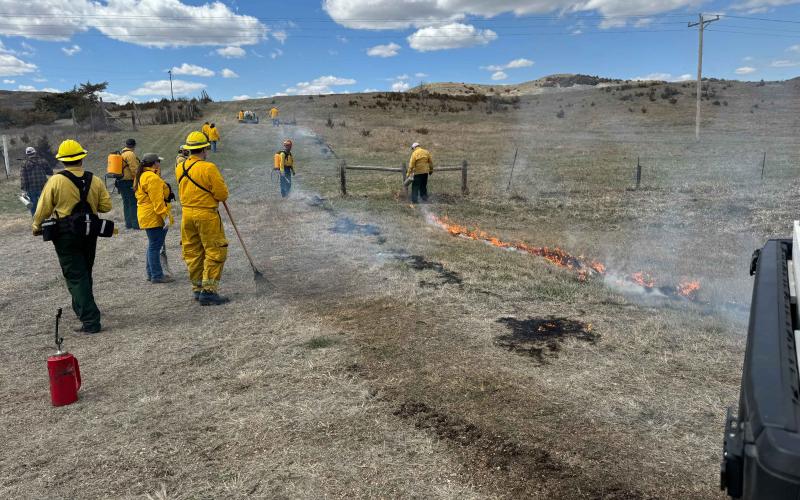
Grassland fertilization, like many other grassland management topics, is highly dependent on certain parameters, such as soil type, vegetation type and harvest methods.
Native plant communities that are appropriately grazed will not benefit from the addition of commercial fertilizers. These systems are resilient, and if balanced with the appropriate suite of native plants, generally have no need for additional nitrogen or other compounds, as these compounds are naturally cycled through the vegetation and the grazing animal. Further, addition of artificial or commercial fertilizers can encourage nitrogen-loving invasive species.
Cool-season exotic grasses, such as Kentucky bluegrass, smooth bromegrass and intermediate wheatgrass, can flourish under artificial fertilization, as can invasive broadleaf plants, such as exotic thistles. For this reason alone, fertilizing native grasslands is generally discouraged among range managers.
It is difficult to quantify return on investment when fertilizing native grazing lands in general, as the harvest efficiency of livestock may serve as a limiting factor in recouping input expenses through additional forage consumption, even if an increase in pounds per acre is achieved.
In planted grassland systems, such as those managed exclusively as hayfields with a variety of tame and/or exotic species, fertilization can play a role in maintaining or increasing annual productivity, as nutrients are continually removed from these systems. However, caution should be exercised and careful assessment of the weed community within the hayfield should be conducted prior to fertilization, as fertilizer can dramatically impact the ability of weeds to flourish, thus potentially negating any advantage that increased production might have.
The Healthy Grasslands article series is provided by the South Dakota Grassland Coalition in partnership with SDSU Extension. Contributing editors: Alexander J. Smart, Peter J. Bauman and Joshua Lefers. © South Dakota Grassland Coalition 2017. For more information, view the full publication or visit the South Dakota Grassland Coalition website.


